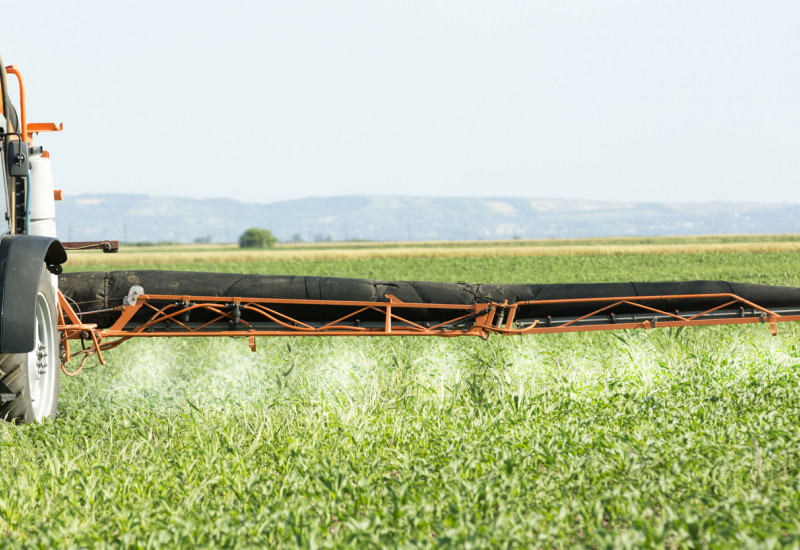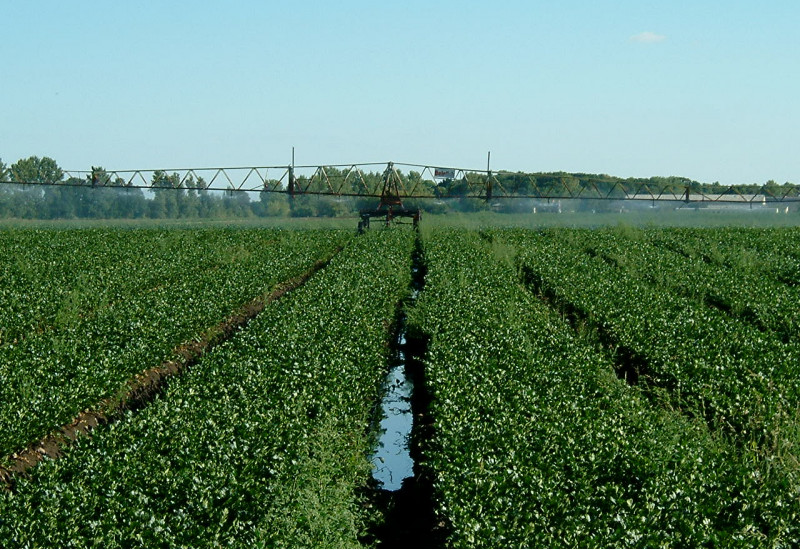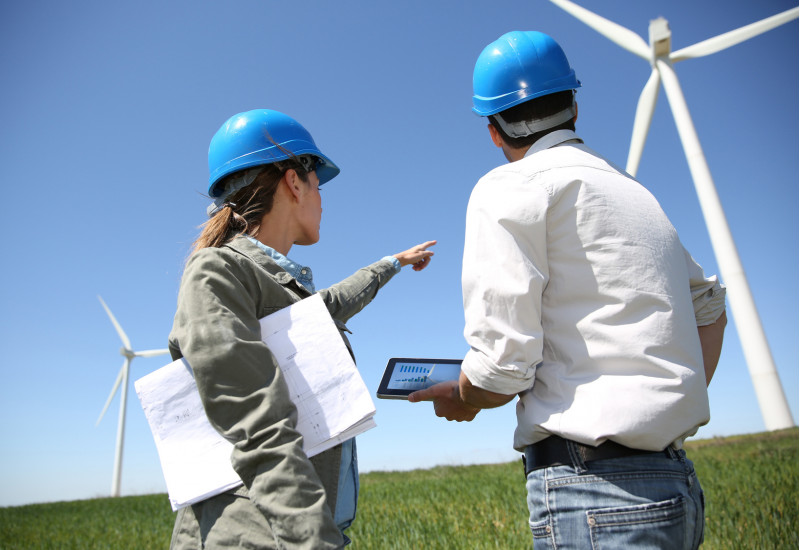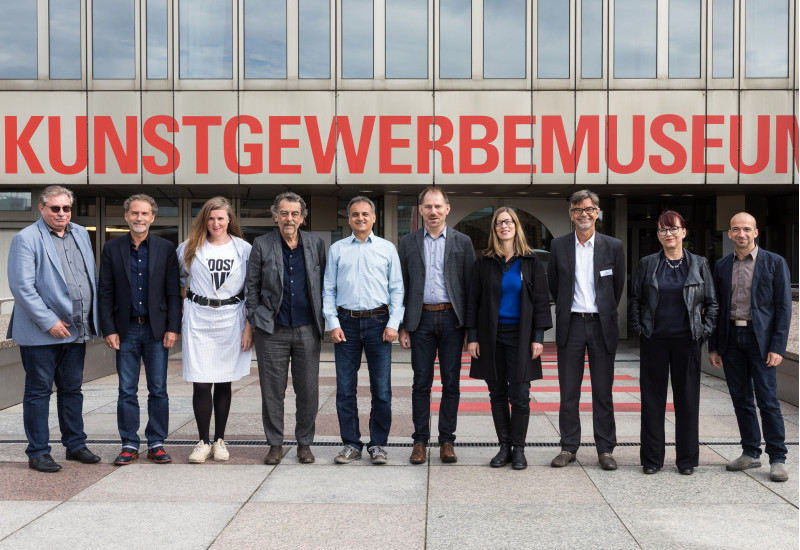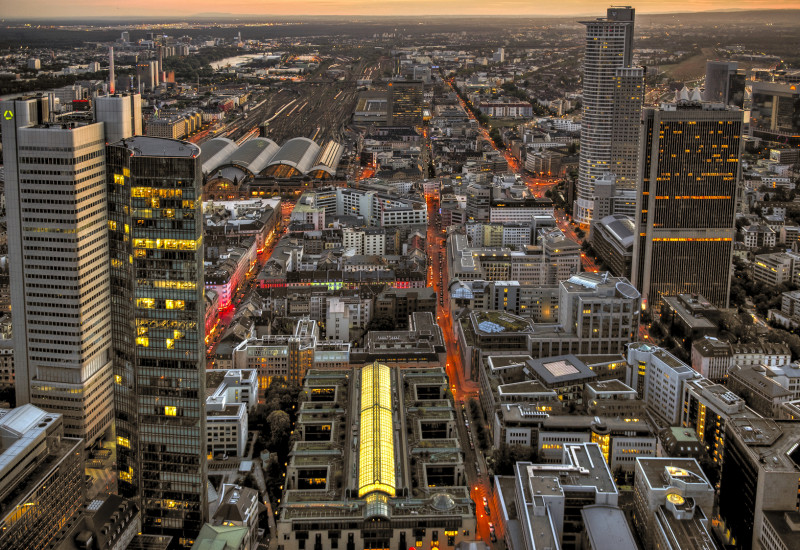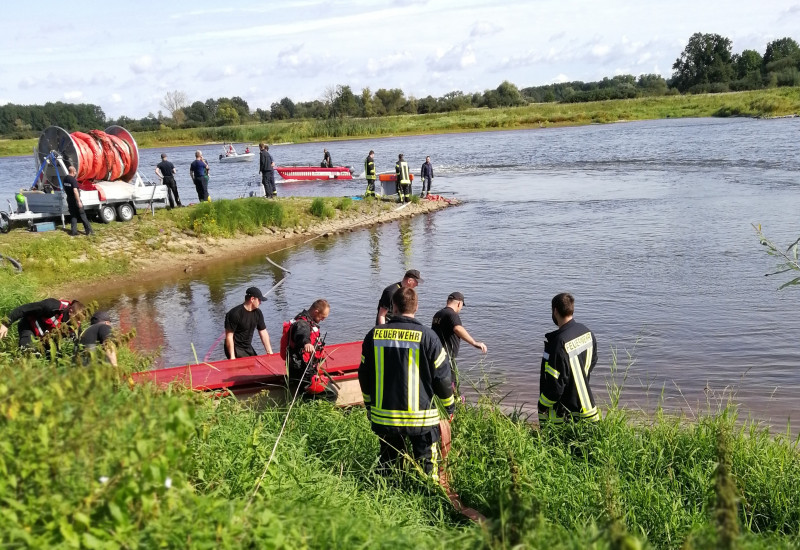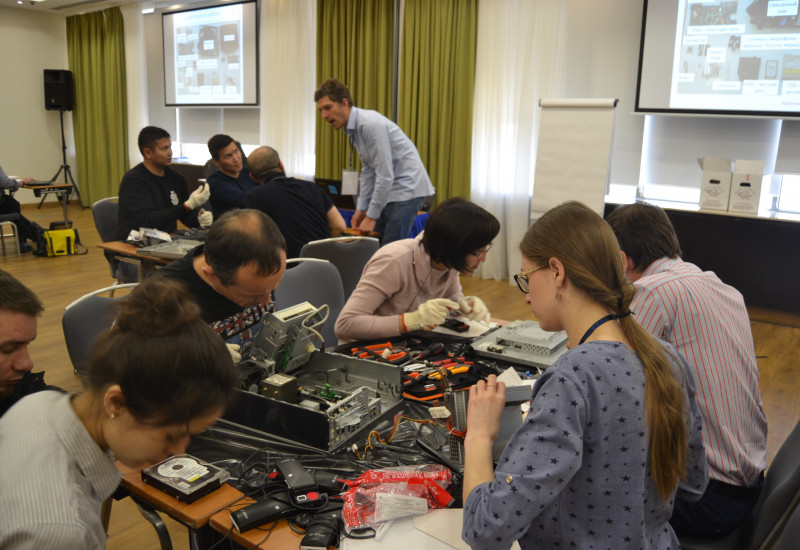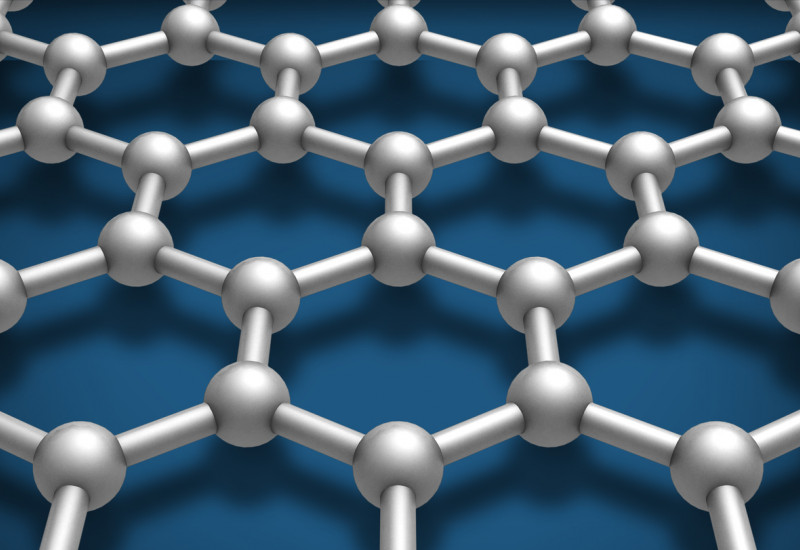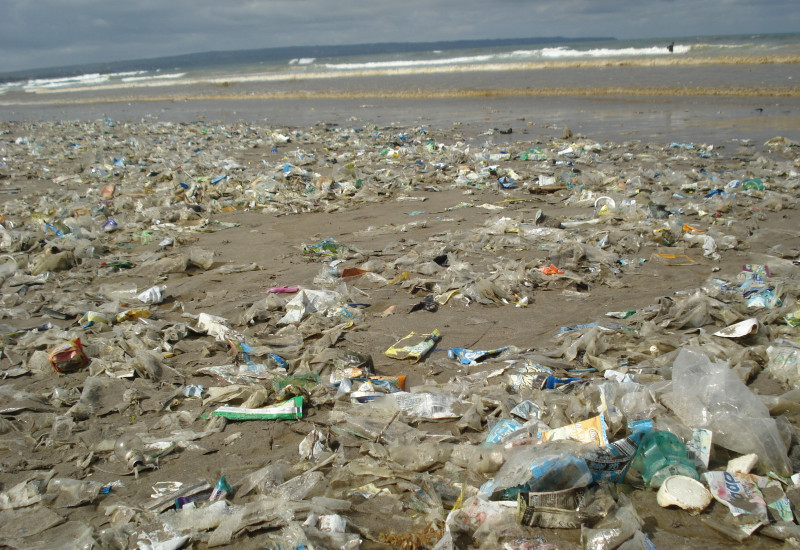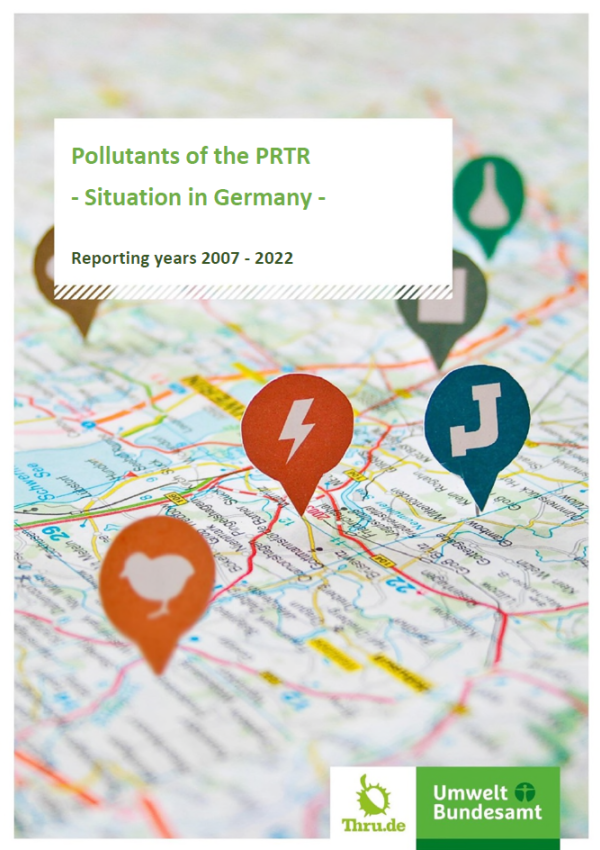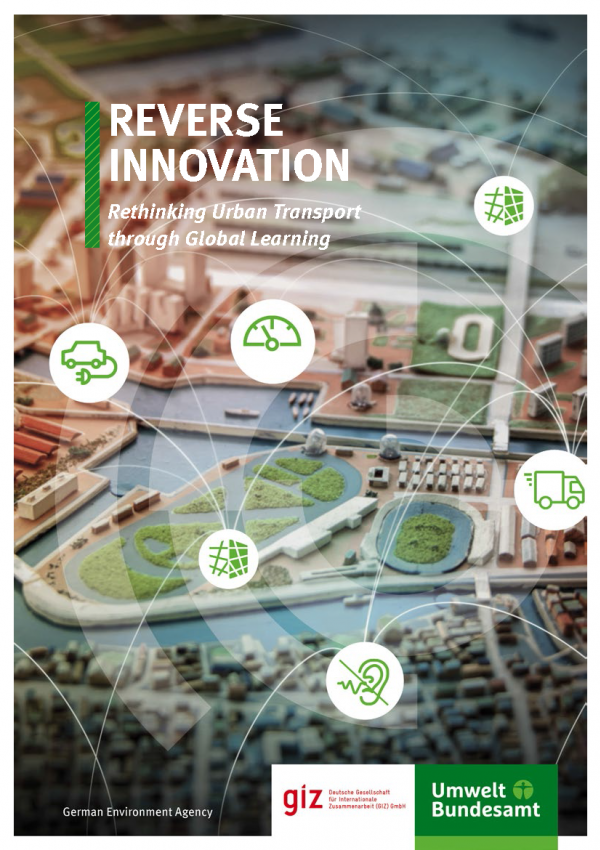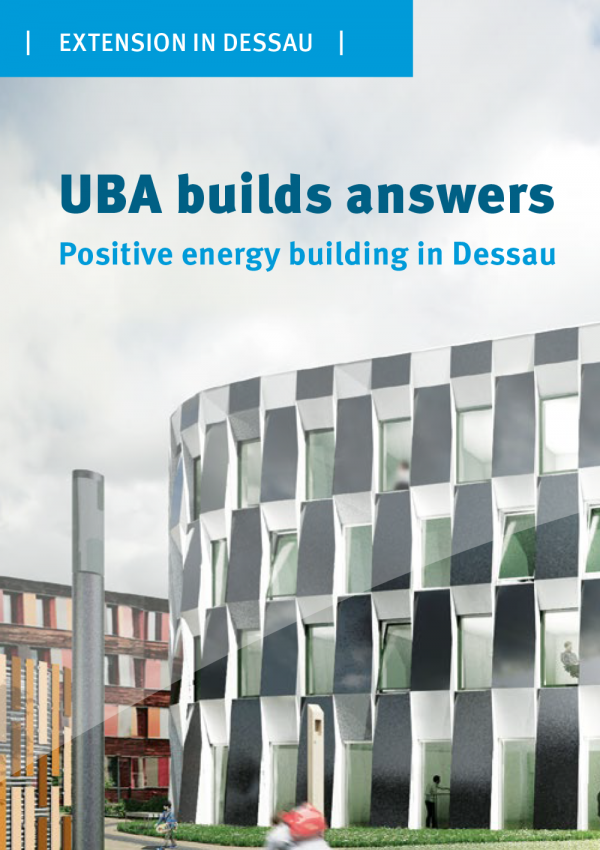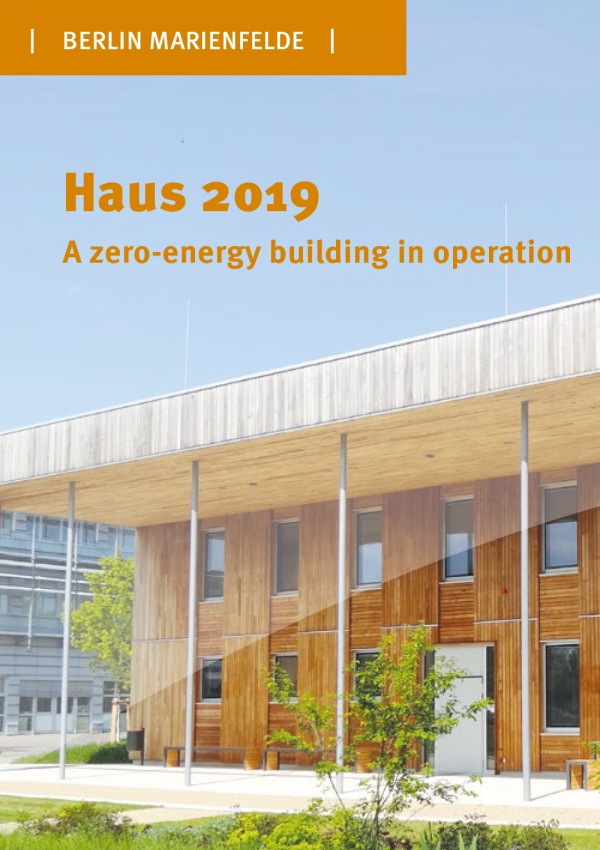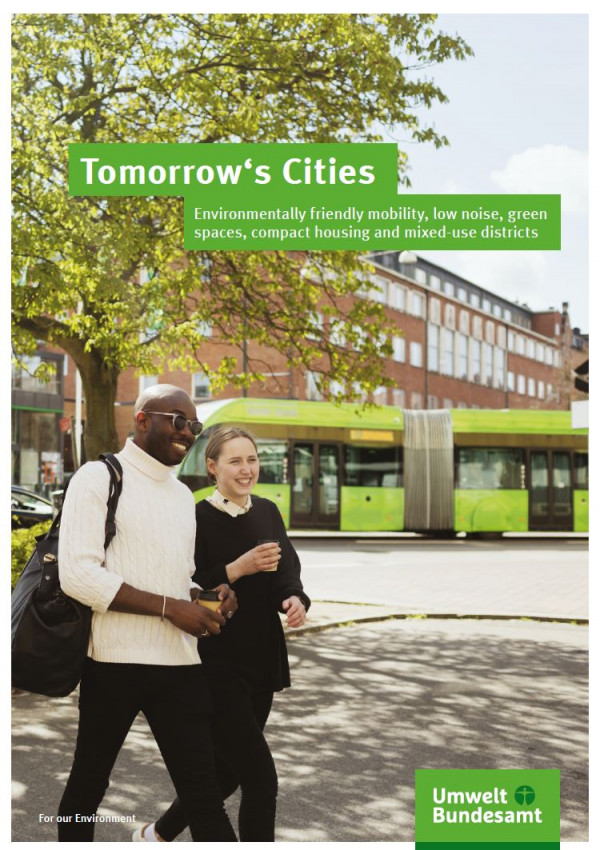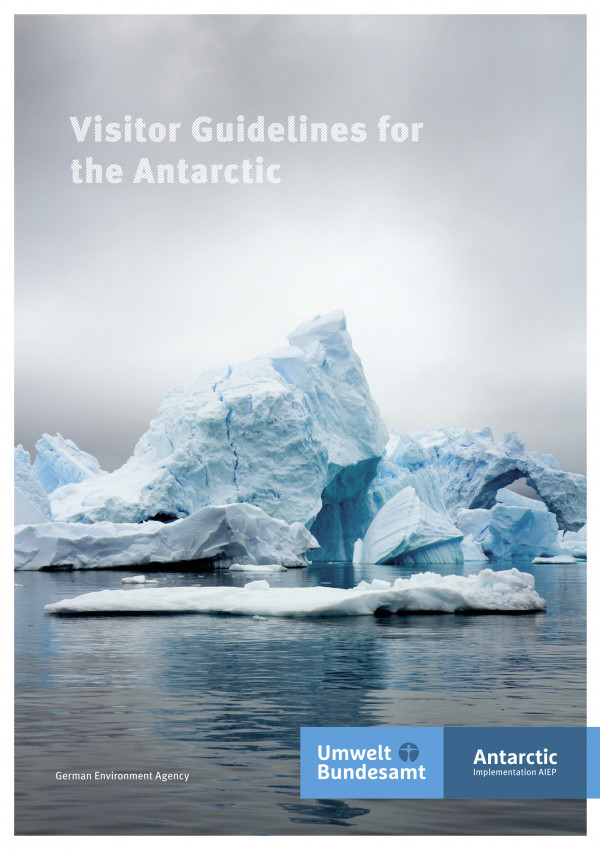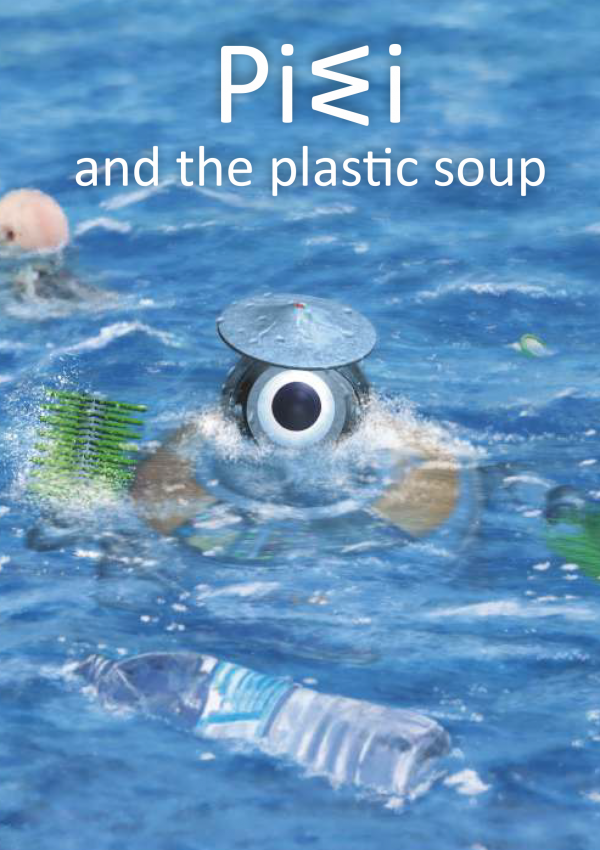Diesel cars: Software updates are not enough for clean air
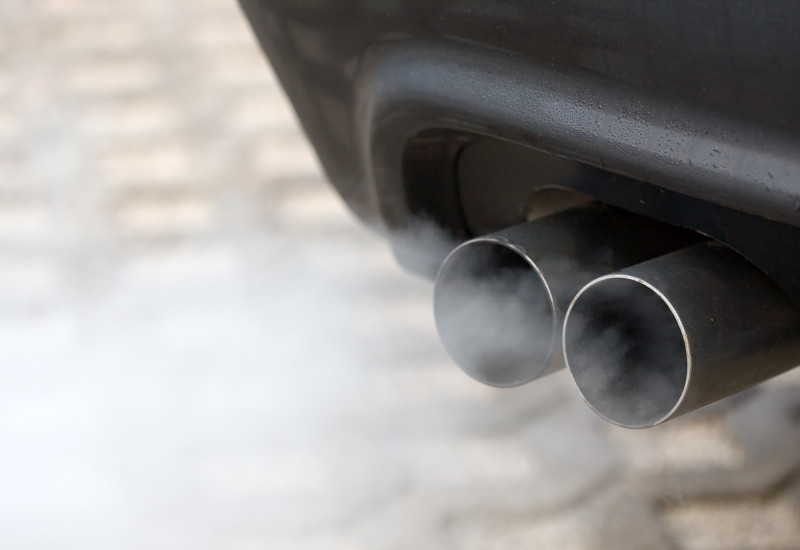
Road traffic is the major source of nitrogen dioxide in cities.
Source: Stefan Redel / Fotolia |
Diesel cars with the emission standard Euro 5 and 6 will have between 15 and 25 per cent lower nitrogen oxide (NOx) emissions after having a software update. This is according to calculations made by UBA following the Diesel Summit on 2 August 2017. The update is a first but insufficient step when considering the poor starting point of the vehicles concerned: a Euro 5 diesel-powered car currently has average NOx emissions of 906 milligrams per kilometre, which would be reduced by 25 percent through a software update to about 680 milligrams – the same level as the average of a Euro 4 diesel car, and thus still four times higher than the Euro 5 limit value. UBA estimates claim that the software updates can reduce the NOx emissions of the entire passenger car fleet in Germany by between three and seven per cent.
The switchover premium for diesel cars which manufacturers are currently offering has only a small potential to improve air quality. This is because even new Euro 6a, 6b and 6c diesel cars have average NOx emissions of 507 milligrams per kilometre under normal driving conditions, which is more than six times the limit value for NOx. In effect, air quality could become worse because the premium could also reward switchovers to a diesel which is 'dirtier' than the original car. Example: trading in a supermini for an SUV with high fuel consumption.
UBA’s President Maria Krautzberger said: "In nearly 70 cities across Germany those measures are not likely to be enough to reduce the amount of nitrogen dioxide in the air to below the annual mean limit of 40 micrograms per cubic metre. Only roughly 20 cities where pollution levels are currently just below the limit will benefit from the decisions adopted at the Diesel Forum and finally comply with the European limit in effect already since 2010.”
Further measures are therefore necessary to avoid the imposition of driving bans in inner cities. In addition to a premium that promotes only vehicles which are truly clean on the road, UBA considers hardware retrofitting to be another important measure to achieve clean air in urban areas. The hardware solution concerns so-called SCR catalytic converters which use a urea solution (AdBlue®) with which diesel vehicles are retrofitted. An expert group formed at the Diesel Summit and led by the Federal Ministry of Transport is currently investigating the number of vehicles which can actually be retrofitted.



